http://www.cnn.com/2017/11/29/africa/giza-and-the-pyramids-mark-lehner-zahi-hawass/index.html
Unlocking the 'Lost City of the Pyramids,' and other Giza mysteries
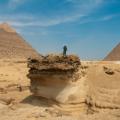


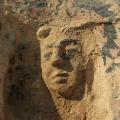
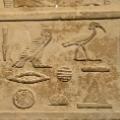
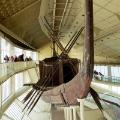
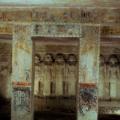
Story highlights
- Egyptologists Mark Lehner and Zahi Hawass have published a history of the pyramids and the Giza plateau
- The pair have excavated the site since the 1970s, and chart the many discoveries found along the way
(CNN)The pyramids of Giza are loathe to give up their secrets. Over 4,000 years since they were constructed in Egypt's Old Kingdom, archaeologists are still uncovering fresh mysteries from this ancient and beguiling site.
A lifetime of work can feel like scratching the surface of these monoliths -- but that's what Egyptologists Mark Lehner and Zahi Hawass have dedicated their careers to. Lehner is president of Ancient Egypt Research Associates, while Hawass was previously secretary general of the Supreme Council of Antiquities and Egyptian Minister of State for Antiquities. Between them they have over 80-years experience poring over the Giza plateau.
It only took a fraction of that to build the Great Pyramid itself.
Together they have now released "Giza and the Pyramids" (Thames & Hudson), an impressive new book detailing what they, their contemporaries and their predecessors have learned about Giza. It's a project that has been in the works since 1986, and written, reviewed and revised by the pair since 1993.
CNN asked Lehner to reflect on his career and the long road to publication.
The following interview has been edited for length and clarity.
Mark Lehner: Zahi is one of my oldest friends. I met him in 1974. We can work together because we don't diverge that much, but on particular questions and particular issues Zahi has one favored opinion and I have another. But that's par for the course for scholarship. It's not like a Republican and a Democrat talking about what the US economy should be.
My break-out project was to map the Great Sphinx, stone by stone. Nobody had done that before. The Sphinx was the key that led to a wider understanding of the whole Giza plateau, because it's made right out of the bedrock. It's like a testimony of the layering in the geological veneering of the plateau.
Zahi and I both still wonder whether something might be under the Sphinx. My career started from the point of view of (New Ageist) Edgar Cayce. Zahi knew that, and my mental transformation was concomitant with my increasing friendship with him. The Edgar Cayce people had this idea that there would be a Hall of Records under the Sphinx: a vault containing the records of Atlantis and the unknown ancient history of the time when all the New Ageists say the pyramids were really made. I take the Hall of Records metaphorically now. We're going back to the Sphinx in the coming months. It would be really nice to find what is there before our careers end.
To understand the pyramids, you have to turn your back to them. These are very human monuments -- I guess that's what we'd like the readers to take away. You can see the human hand everywhere; in the chisel marks where the stone has not eroded; inside and outside on the stones of the Great Pyramid. Where are all the people? Where's all the infrastructure? What does it tell us about how they organized themselves?
So much has changed since we started. It's almost to the benefit of posterity that it took so long to write the book. When we started we had not yet found what we can call the Lost City of the Pyramids. We had an idea that it was out there -- to the south of the Sphinx, and south of this gigantic stone wall. that lay like a half-emerged whale -- but we hadn't found it.
What we're dealing with is really a massive port city of its time -- the Lost City. It was importing cedar from Lebanon, and granite from Aswan, 600 kilometers from the south. The bit that's missing is the true magnitude -- I think it was kind of probably like Versailles and then some. But now the area is covered with modern metropolis and it's probably un-gettable.
What really blew our minds was the discovery of the Wadi al-Jarf Papyri. These papyri, discovered by our French colleague Pierre Tallet near the Red Sea (in 2011-2013, with a translation published in 2017), contain a virtual logbook of a man named Merer, who was delivering stones from the eastern quarries for the Pyramid of Khufu. They're amazing documents that shed light on the waterways. Just as our book was being put to bed, I was reconstructing a model of the water transport infrastructure; how they use the seven meter rise of the Nile every summer to fall as a hydraulic lift for delivering stones to the pyramids. That's an interesting story in its own right, which deserves its own book.
I have boxes and boxes of file folders full of 'alternative' Egyptian theories. It's amazing how many proposals Zahi and I get. Everything from the pyramid is a model of a molecule to it's a model of the human ear. What is my favourite of all? I think probably that the Great Pyramid is a hydraulic pump of some kind. There's a booklet published called Kunkel's Pump, but there's others who are not aware of it and think they've come up with it independently. I think it's cool and it takes a popular mechanics view of the pyramid, but erasing it totally from the known cultural/religious/anthropological context. It's a kind of amusing take.
'We are not looking for things, we are looking for information.' That's the motto we try to teach young archaeologists at Ancient Egypt Research Associates field schools. It takes an international team. It's multi-interdisciplinary. We use botanists, zoologists, ceramic specialists to look at the pottery, and get every scrap of information we can, rather than just looking for nice objects and architecture.
I think proof is something for logic and mathematics. The best we can do is establish probabilities in our field, especially when trying to reconstruct what was going on 4,500 years ago.
-- Sent from my Linux system.
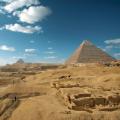

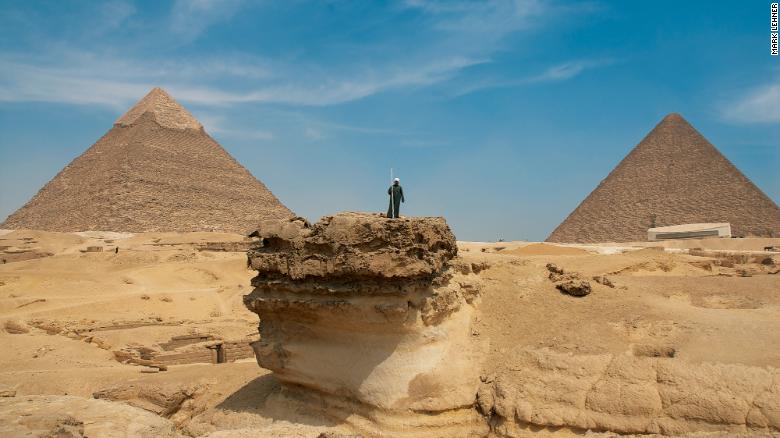
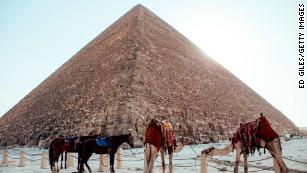
No comments:
Post a Comment